#Jean Börlin
Photo
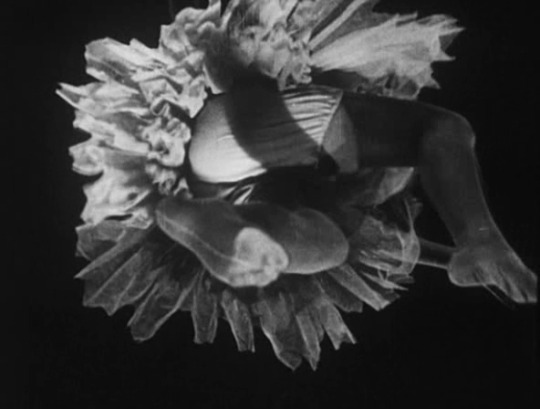
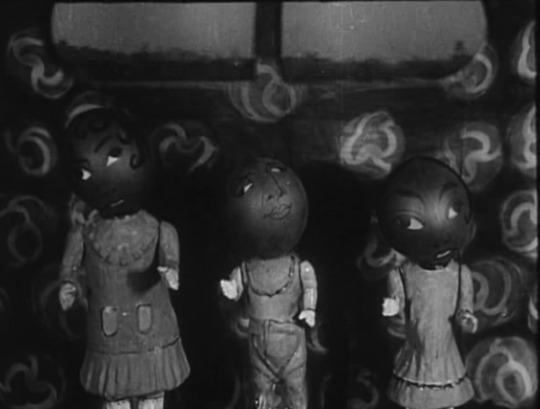

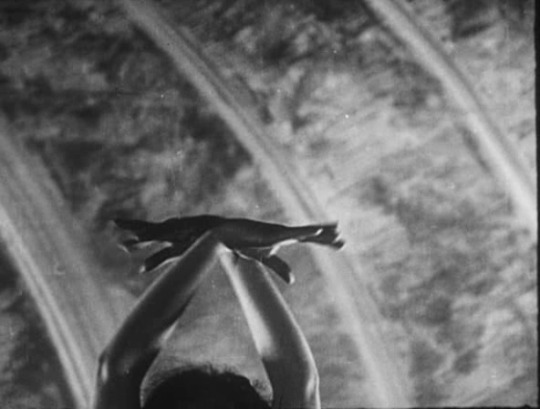

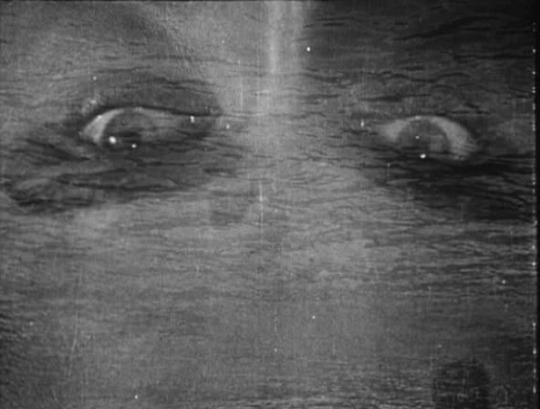
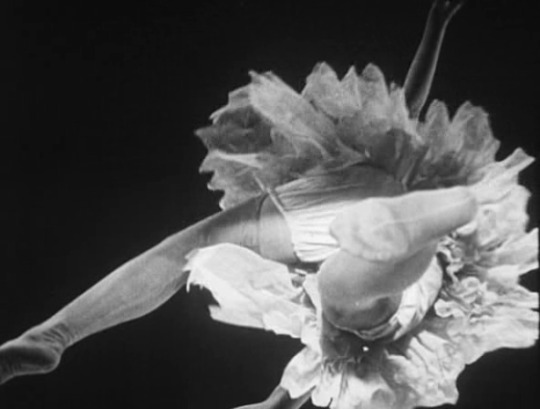
Entr'acte (René Clair, 1924)
#Entr'acte#René Clair#Rene Clair#short film#black and white#1924#dance#eyes#Francis Picabia#Marcel Duchamp#Jean Börlin#Inge Frïss#Man Ray#comedy#surrealism#experimental film#experimental cinema#hands#Erik Satie#seis#chess
273 notes
·
View notes
Text
in a chopinesque dance mood

Irma Calson och Jean Börlin i Chopin av Svenska Baletten, foto: okänd. | src Dansmuseet on IG
View on WordPress
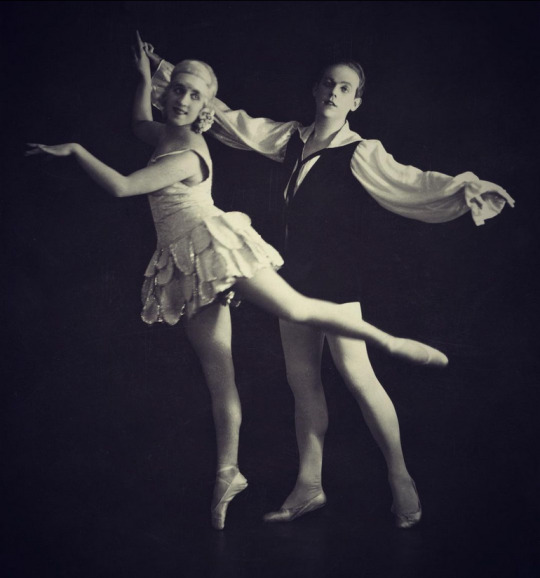
Irma Calson och Jean Börlin i Chopin, Svenska Baletten, foto: Studio V. Henry, Paris, 1920. | src Dansmuseet on IG
#irma calson#jean borlin#ballets suedois#dance figure#dance pose#dance#Tanz#danse#jean börlin#danza#dansa#tanssi#role portrait#Svenska Baletten#swedish ballet#swedish dancer#1920s#v. henry
28 notes
·
View notes
Text
"Another reason people thought this ballet was a joke was the title: Relache. In French that means something that’s been cancelled. People weren’t sure if the ballet was really going to happen."

Francis Picabia. Study for Relâche, Jean Börlin. 1924
Source: https://www.moma.org/audio/playlist/36/588
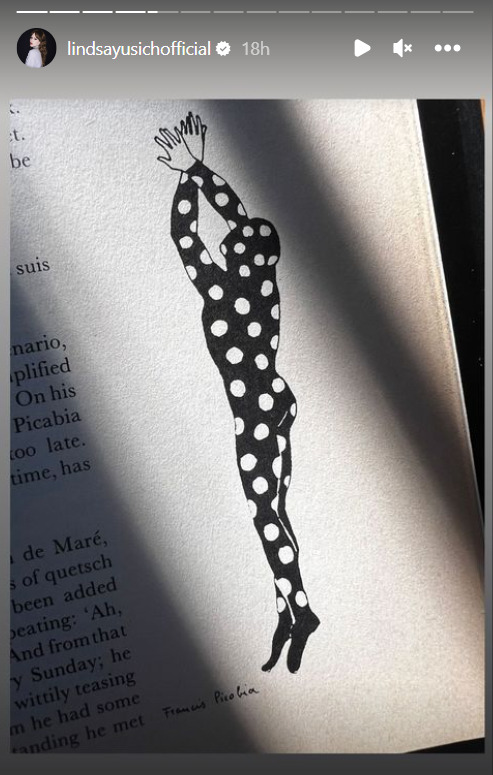
7 notes
·
View notes
Text
So we already know that the Swedish Ballet primarily was a was for Rolf de Maré to launch his talented lover Jean Börlin even further into stardom but that didn’t mean that Jean was the only talented dancer in the company. during a short period of time, the Swedish ballerina Jenny Hasselquist, who was a very big deal, also danced with the company. This led to what I would like to call the great diva off of 1920.
Basically, Jenny was so used to being the main star that she could not handle not being the main name (and wrote several letters to her husband complaining about this) and Jean was really not interested in sharing the spotlight with anyone else (since the company’s main purpose was showing off his talent). After three months of this, Jenny left the company.
Is there a moral here? Don’t come for your employer’s boyfriend? Don’t try to out-diva the biggest diva on the continent? Or perhaps realize when it’s time to pack your bags and leave unless you want to remain as the third wheel forever.
0 notes
Photo

Mare Rolf Le ballets Suédois Programme de la-saison 1923
2 notes
·
View notes
Photo

Jean Börlin (1920). Per Krohg (Norwegian, 1889-1965). Publicité Wall, Paris. Poster.
On October 25, 1920 the Ballet Suédois had their premiere performance in Paris. The collaboration of the choreography of Jean Börlin, the artistic direction of Rolf de Maré, and the aesthetic framework of Fernand Léger, provided a rich intercultural cross-section of avant-garde performance in interwar Europe.
42 notes
·
View notes
Photo

René Clair, Entr'acte, 1924
Settings by Francis Picabia, choreography by Jean Börlin. The music for both the ballet and the film was composed by Erik Satie.
1K notes
·
View notes
Photo

Skating Rink the Insane drawing of costume for Jean Börlin, 1921, Fernand Léger
6 notes
·
View notes
Text

The Swedish choreographer and dancer Jean Börlin excels with his dramatically charged body language in one of his early solo dances, probably 'Doomed' from 1918. | src Dansmuseet • FB
view in higher resolution on wordPress
#jean borlin#ballets suedois#tanzer#danseur#doomed#male dancer#hauntedbystorytelling#jean börlin#danse#dance#Tanz#danza#dansa#tanssi#1910s#uncredited photographer#swedish dancer#swedish ballet#svenska baletten#dansmuseet#role portrait#rollenportrat
136 notes
·
View notes
Photo

Skating Rink the Insane drawing of costume for Jean Börlin, 1921, Fernand Léger
6 notes
·
View notes
Text
Le voyage imaginaire 1926
Le voyage imaginaire 1926

English Title – The Imaginary Journey 1926 Intertitles are in French and Russian Fantasy film with surrealist elements In a strange bank, a young clerk, in love with a typist, gets asleep after a minor incident. His dream sarries him into the retirement house of old fairies, that he will manage to help to grow younger. He then lands on the towers of Notre-Dame, and into the Musée GRévin, where…
View On WordPress
0 notes
Photo

Swedish dancer and choreographer Jean Börlin in Skating Rink (1922), a Ballets Suédois production. Sets and costumes by Fernand Léger, music by Arthur Honegger.
70 notes
·
View notes
Photo

Jean Börlin in ‘Maison de fous’ (as the Prince), 1920. Ballets Suédois. Photo Isabey. | src BnF, Bibliothèque-musée de l’Opéra via res musica
2 notes
·
View notes
Text
Les Ballets Suédois
But what was Les Ballets Suédois? Well, here we go. The Swedish ballet (1920-1925) was the love child of the very rich art collector Rolf de Maré and the ballet dancer and choreographer Jean Börlin. They were very openly in a relationship (which, while technically legal, was very much not okay in 1920s Paris). So how did this ballet company start? Well, I’m glad you asked. Basically, Rolf thought his lover was such a talented dancer that he needed a better place to shine (which was probably true according to other sources), and what better place to shine than as a leading dancer in a ballet company? So what did our rich dude do? He bought his lover a dance company. Do I think it’s insane that someone had the money to just...spontaneously start a ballet company and hire some of northern Europe’s, at the time, greatest dancers? Yes. Do I still think this is somehow a very romantic and loving thing to do? Also yes.
So our two lovers travel to Paris with their new ballet company. What to do next? Well, you need an audience and these dudes are so confident in their ability to make it big that they hire one of Paris's biggest theaters for an entire month. 2000 seats for 30 days. That’s 60 000 tickets. For a company that literally no one has heard of, that’s a lot. So they need to make themselves known. Here’s how they did that in 3 simple steps:
1. Localize Paris’ most well-renowned Dance Magazine
2. Buy that magazine
3. Use said magazine to print reviews about your shows
I wish this was a joke. But owning a magazine isn’t enough for our two art gays, oh no, they’re here to go big or go home. They order posters, they make movies, and they collaborate with several well-known artists from all around Europe. It’s flashy. It’s incohesive. It’s everywhere. And, of course, it’s expensive as hell. Fortunately, Rolf is ridiculously rich (like Jeff Bezos levels of rich) and determines that it’s totally reasonable to spend 92000 SEK (roughly 11500$) on his lover’s company. To put that into perspective, the average Swedish worker made 1/35 of that in a whole year. And this was just the MARKETING BUDGET for the FIRST YEAR. At least it worked...kind of. They never made back the money Rolf spent on the company but they did blow up and sell a lot of tickets, not just in Paris but all other Europe, so that’s a small win, I guess.
These two disaster gays may be terrible at business but they had a creative vision and were going to share it with the world. One of the pros of owning your own ballet company is that you can produce whatever you want since you’re not dependent on other people’s money. For two queers in the 1920s, that’s a very good thing. And while there’s technically nothing documented about the sexualities of the other dancers in the company, several of the photos from the company show people experimenting with their gender expression and they have a general queer ~vibe~, making it even more likely that other queer dancers could find a safe haven with the company. Unfortunately, there’s not much known about their actual choreography but their shows were apparently breaking down the boundaries of what ballet, and art in general, was supposed to be. They mixed dancing with acrobatics, art, theatre, and moving pictures and made a point of being provocative on purpose. (This was also part of their marketing plan. Rolf and Jean were both masters of mingling and knew the power of gossip. Also, all press is good press when no one knows who you are). In one of their shows, Rêlache (roughly translates to ‘show is canceled’ or ‘the theater is closed’), they worked with artist Francis Picabia who said this about the reactions to the show: “I would rather hear them scream than applaud”. He also wrote “If you don’t like it, go to hell” on a set piece for the ballet. Yeah, if they wanted to provoke people, they certainly succeeded.
But all good things must come to an end. While queer artistic expression is wonderful, these two clowns were just too chaotic and I don’t think the world could have handled more of their insane shenanigans. In 1925, our power couple broke up and went their separate ways. Börlin died five later and Rolf never put on the shows again (which is totally understandable), making most of them completely lost to time. All we have left is all their posters (I guess that was 11500$ well spent), a few rehearsal photos, and tons of newspaper clippings that paint the company as both very talented and avant-garde and as a disgusting queer (both regarding sexualities and artistic expression) insult to ballet as an art form.
So, yeah, that’s the very simplified story about the Swedish Ballet. Two 1920s gays being irresponsible with their money and having a general insane vibe. You’re welcome.
0 notes
Photo

La Création du monde, Fernand Léger (projet de décor), gouache, 1923
chorégraphie de Jean Börlin
BnF, Bibliothèque-musée de l’Opéra©Fernand Léger ADAGP Paris 2014
0 notes